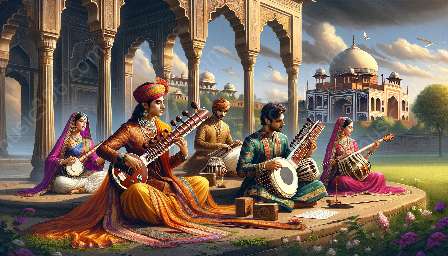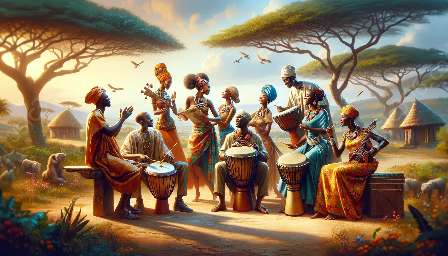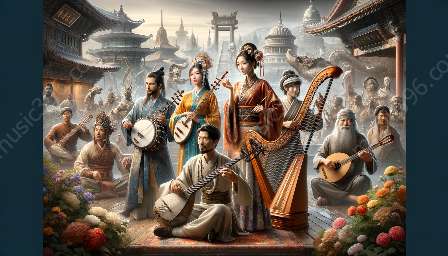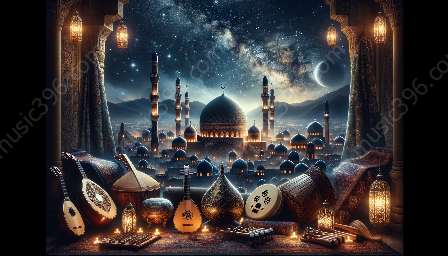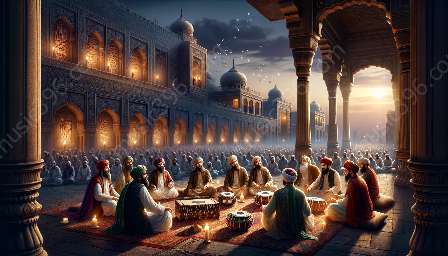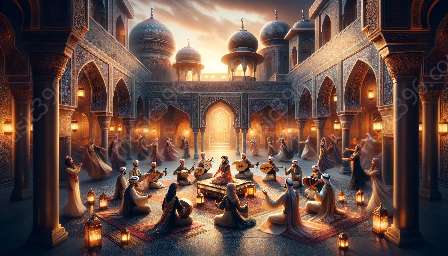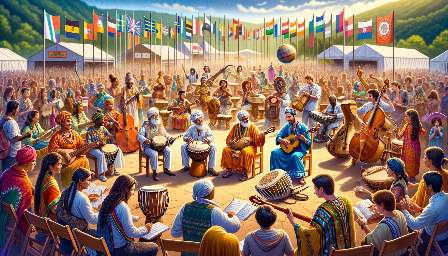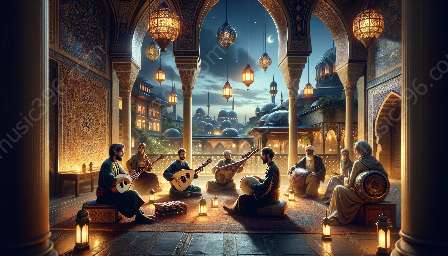Indian classical music is a complex and captivating art form that has flourished for centuries. It encompasses a range of distinctive elements, including ragas, talas, improvisation, and spiritual significance. The intricate structure and melodic nuances of Indian classical music have left a lasting impact on world music, inspiring artists and composers across different cultures.
Ragas: Evoking Emotions through Melodic Patterns
Ragas are the foundation of Indian classical music, providing a framework for improvisation and expression. Each raga is associated with a specific mood or emotion, and it is characterized by a unique set of ascending and descending notes, known as arohana and avarohana. The exploration of ragas is central to the performance of Indian classical music, as musicians navigate through these melodic patterns to evoke a profound emotional experience in the listener.
Talas: Rhythmic Cycles and Percussive Patterns
Another essential element of Indian classical music is the concept of talas, which refers to rhythmic cycles and percussive patterns. Talas provide the rhythmic framework for the music and are meticulously organized into diverse rhythmic structures, ranging from simple to complex. The interplay between the melodic elements of ragas and the rhythmic precision of talas creates a dynamic and enthralling musical experience, showcasing the intricate synergy between melody and rhythm.
Improvisation: Unfolding Creativity within Tradition
Improvisation is a key component of Indian classical music, allowing performers to spontaneously develop and embellish melodic and rhythmic motifs within the framework of ragas and talas. This creative expression is grounded in a deep understanding of the music's tradition and rules while leaving room for individual interpretation and innovation. The art of improvisation in Indian classical music reflects the performer's mastery and emotional connection to the music, resulting in a compelling and ever-evolving musical narrative.
Spiritual Significance: Transcending Boundaries through Devotion
Indian classical music holds profound spiritual significance, rooted in the ancient tradition of connecting music with inner spirituality. It is often performed in sacred spaces or during devotional ceremonies, with the aim of transcending worldly boundaries and elevating the consciousness of both musicians and listeners. The meditative and introspective nature of Indian classical music has resonated with audiences worldwide, fostering a sense of spiritual unity and contemplation beyond cultural and geographical divides.
Impact on World Music: Influencing and Inspiring Diverse Musical Traditions
The distinctive elements of Indian classical music, such as ragas, talas, improvisation, and spiritual significance, have significantly influenced and inspired a wide array of musical traditions across the globe. Artists and composers from different cultural backgrounds have integrated elements of Indian classical music into their compositions, infusing their works with the emotive depth and rhythmic intricacy reminiscent of this ancient art form. The enduring impact of Indian classical music on world music is a testament to its universal appeal and ability to transcend cultural barriers, fostering a rich and diverse global musical tapestry.



